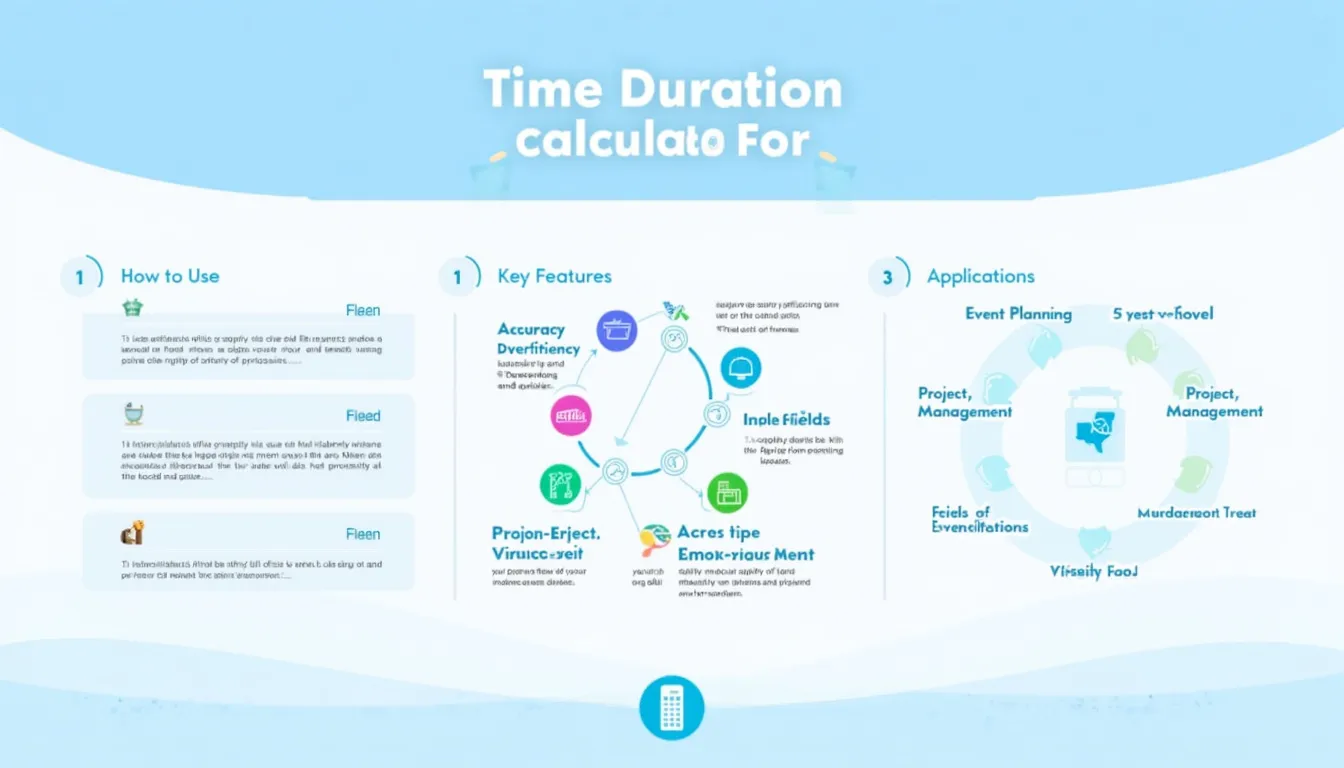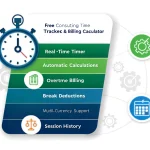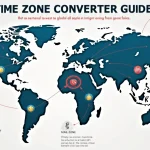Is this tool helpful?
How to Use the Time Duration Calculator Effectively
1. Input the Start Date and Time
Begin by entering the start point of your time interval. Use the datetime-local input to easily select the date and time. For example:
- 2024-02-10 07:15:00 for February 10, 2024, at 7:15 AM
- 2024-05-22 13:45:00 for May 22, 2024, at 1:45 PM
2. Input the End Date and Time
Next, provide the ending point of your duration. This marks the final moment of the time span you want to measure. Example inputs could be:
- 2024-02-15 19:30:00 for February 15, 2024, at 7:30 PM
- 2024-05-25 09:20:00 for May 25, 2024, at 9:20 AM
3. Choose the Time Zone (Optional)
Select the time zone context for your calculation:
- UTC: For universal coordinated time calculations, especially useful when dealing with international dates.
- Local Time: To compute the duration based on your device’s local time zone.
4. Calculate the Time Duration
Once all fields are completed, initiate the calculation to instantly receive the results. The tool accurately measures the elapsed time between your specified start and end times.
5. Understand the Results
The calculator provides a comprehensive breakdown of the elapsed time, including:
- Total Duration: Represented in days, hours, minutes, and seconds.
- Detailed Breakdown: Enumeration of the exact days, hours, minutes, and seconds.
- Alternative Units: Duration converted into total hours, total minutes, and total seconds for versatile application.
What is the Time Duration Calculator and Its Key Benefits?
The Time Duration Calculator is a precise, user-friendly JavaScript-based tool designed specifically to compute the time interval between any two given dates and times. It simplifies complex time computations by delivering fast, reliable, and clear results without the need for manual calculations.
Ideal for diverse users—from project managers to travelers—this calculator addresses common pain points such as calculating durations spanning multiple days, handling time zone differences, and presenting results in varied time formats.
Why Choose This Time Duration Calculator?
- Accurate Calculations: Eliminates human error by automatically accounting for daylight saving time, leap years, and time zone differences.
- Instant Results: Provides immediate duration outputs, saving valuable time for users.
- Multiple Output Formats: Offers results in days, hours, minutes, and seconds as well as in total segmented units.
- Time Zone Flexibility: Supports both UTC and local time computations for global relevance.
- Intuitive Design: Suitable for all technical levels, ensuring seamless user experience.
Example Calculations Using the Time Duration Calculator
Example 1: Project Duration Calculation
Start: 2024-01-05 09:00:00
End: 2024-03-20 17:30:00
Result: Duration of 75 days, 8 hours, 30 minutes, and 0 seconds.
Example 2: Event Time Span
Start: 2024-08-15 14:00:00
End: 2024-08-17 11:15:00
Result: Duration of 1 day, 21 hours, 15 minutes, and 0 seconds.
How the Calculation Works
The calculator subtracts the start date and time from the end date and time, converting the difference into milliseconds before breaking it down into human-readable units. When the UTC option is selected, it compensates for possible timezone offsets.
Mathematical Formula Behind the Calculation
Given start and end times, the duration is computed as:
Where ⌊x⌋ represents the floor function (rounding down), and “mod” stands for the modulo operation (remainder).
Important Disclaimer
The calculations, results, and content provided by our tools are not guaranteed to be accurate, complete, or reliable. Users are responsible for verifying and interpreting the results. Our content and tools may contain errors, biases, or inconsistencies. Do not enter personal data, sensitive information, or personally identifiable information in our web forms or tools. Such data entry violates our terms of service and may result in unauthorized disclosure to third parties. We reserve the right to save inputs and outputs from our tools for the purposes of error debugging, bias identification, and performance improvement. External companies providing AI models used in our tools may also save and process data in accordance with their own policies. By using our tools, you consent to this data collection and processing. We reserve the right to limit the usage of our tools based on current usability factors.







